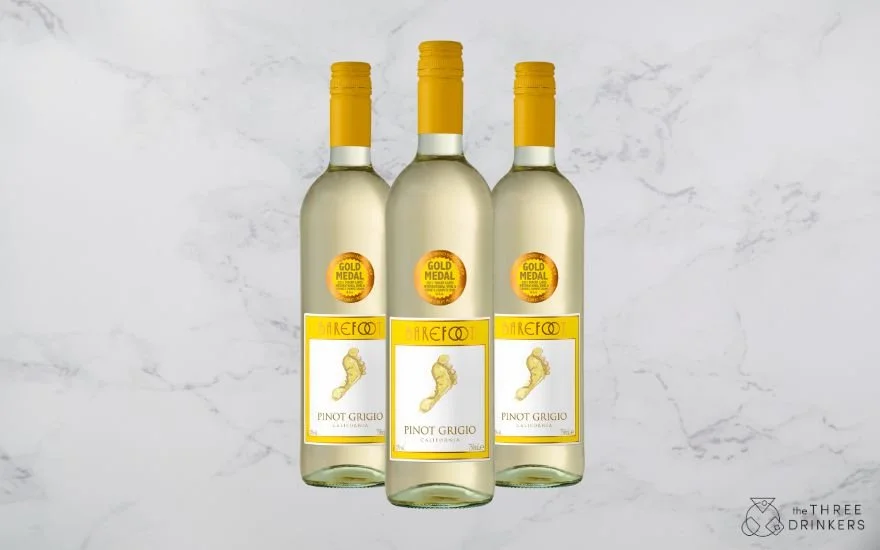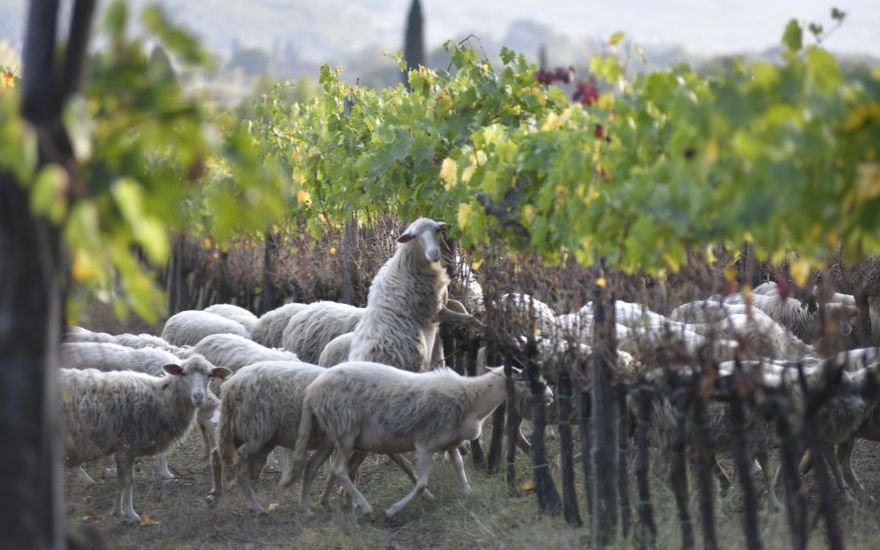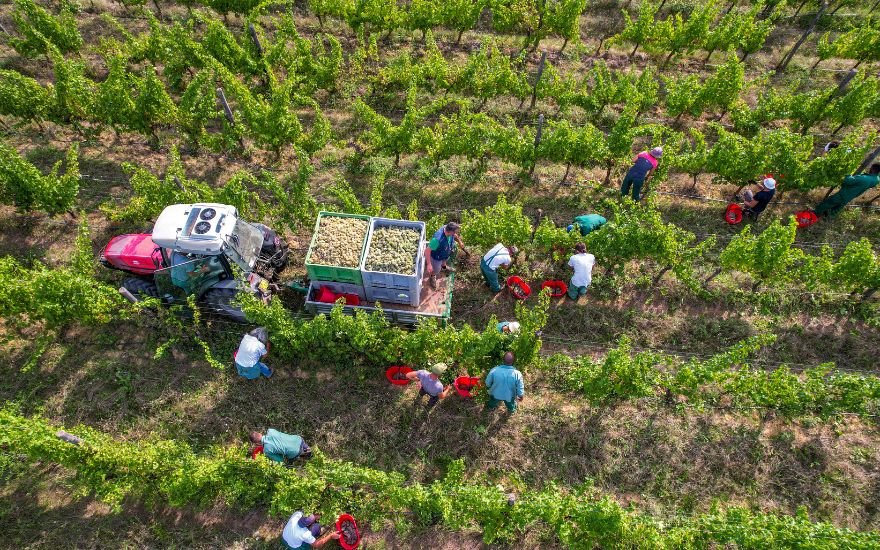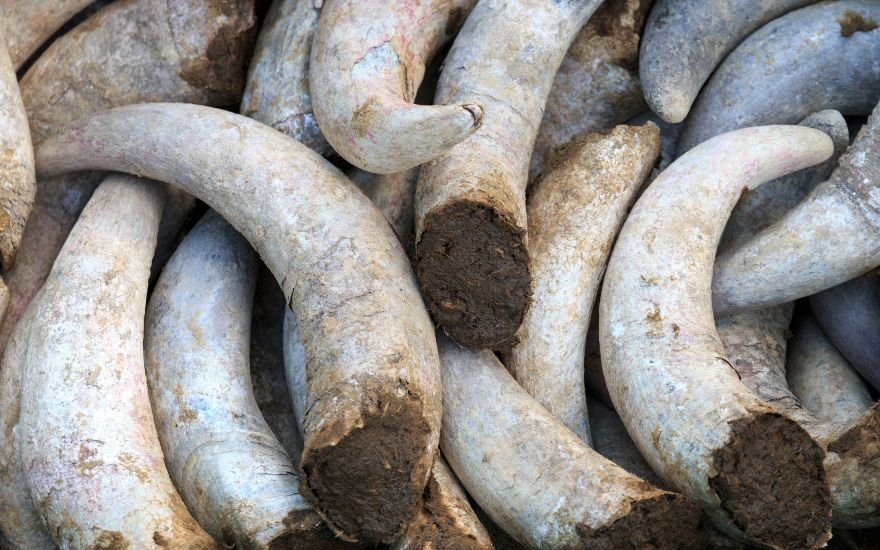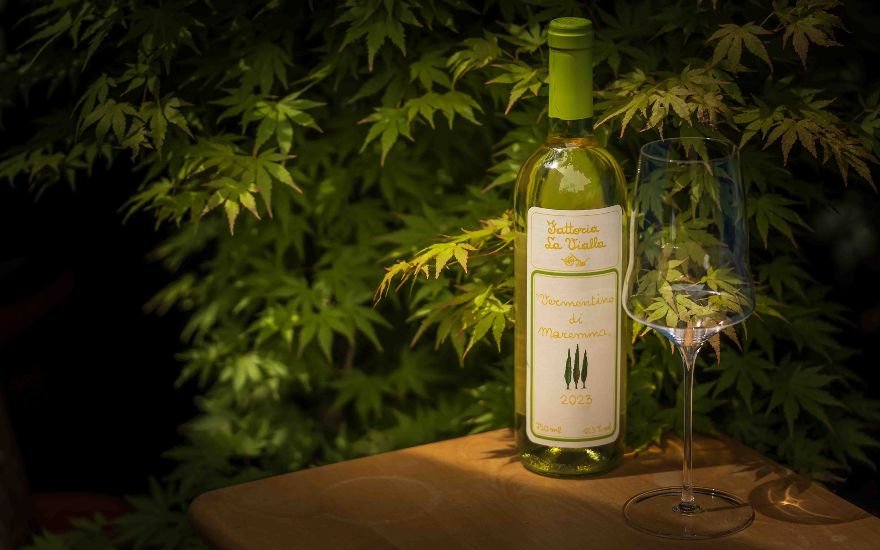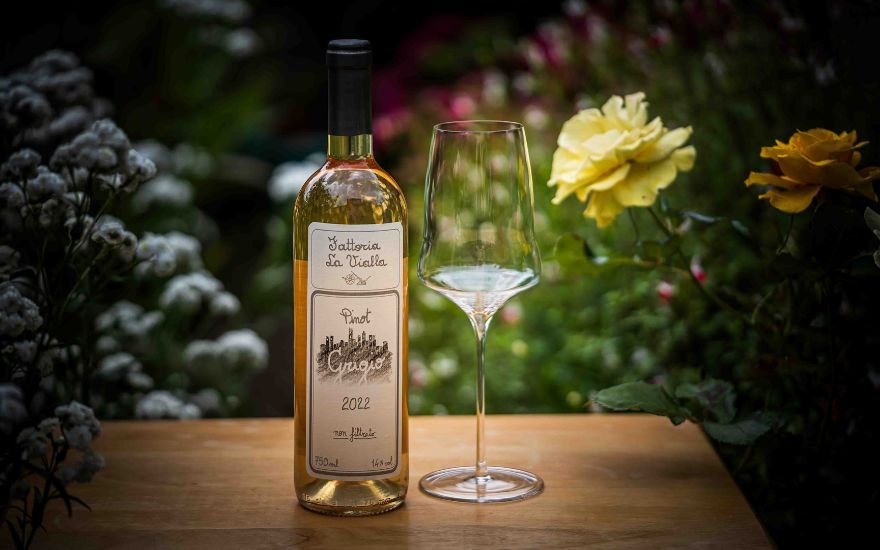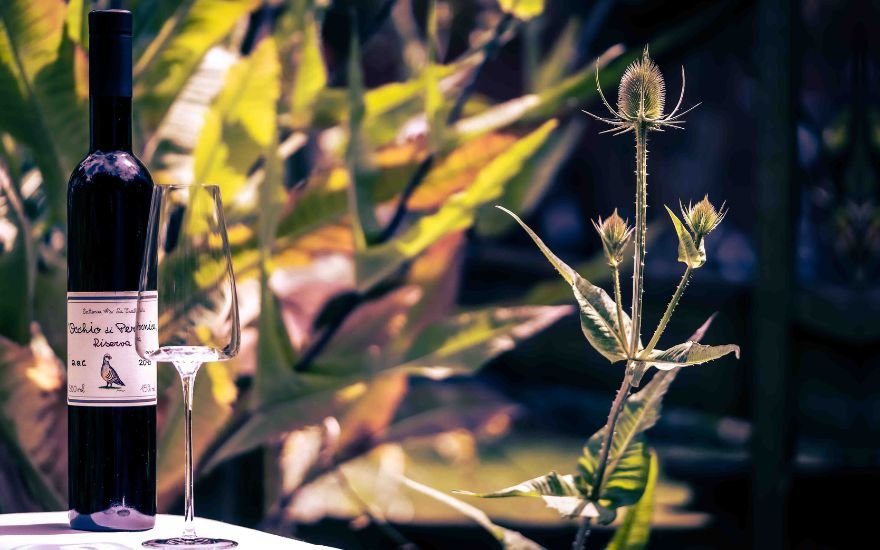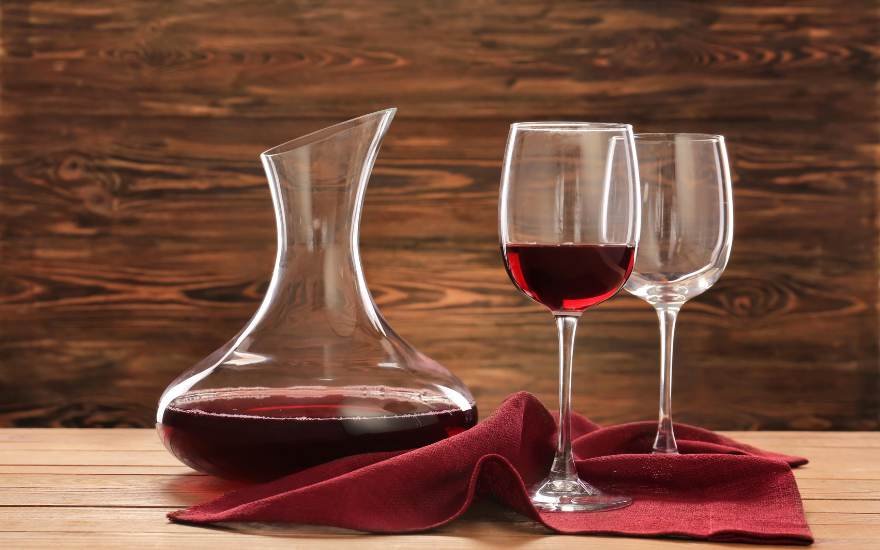Let’s start with the obvious: Barefoot isn’t just one of the most-loved names in wine, it’s a symbol of fun, freedom, and a producer of an incredible range of bottles to suit every taste bud. But there’s more than just wine bubbling under the surface: since 1988, Barefoot has proudly stood shoulder to shoulder with the LGBT+ community, championing equality and celebrating love in every form. That’s more than three decades of pairing great times with an even greater purpose - and we’re absolutely here for it.
How Did Barefoot Get Started in Supporting the LGBT Community?
Rewind to 1988, and Barefoot’s story of allyship started with a simple yet powerful gesture: supporting a fundraiser for the Golden Gate Business Association in San Francisco, the world’s first LGBT+ chamber of commerce. That night wasn’t just about raising money - it planted the seed for what became a lifelong commitment to showing up, speaking out, and lifting every voice in the rainbow community. Since then, Barefoot has made inclusivity part of its DNA, never shying away from putting love front and centre.
Why Does Barefoot Support the LGBTQ+ Community?
Unlike other brands who have the tendency to use Pride as a seasonal marketing moment, for Barefoot, supporting the LGBT+ community is about creating a world where everyone can show up exactly as they are, without fear or judgement. Life’s simply more fabulous when everyone feels welcome. Whether it’s your identity or your favourite grape, they believe every flavour deserves its place at the table. And let’s be honest: the world’s a better place when we can all come together, kick off our shoes, and get a little Barefoot ;)
What Has Barefoot Done Over the Years That Led to This Partnership?
Year after year Barefoot has made a splash supporting LGBTQ+ communities. From partnering with InterPride in 2005 to backing same-sex marriage by donating to every LGBT+ centre in California in 2008, their support has been unwavering. They hit a perfect score on the Human Rights Campaign’s Corporate Equality Index in 2010 - and haven’t missed a beat since! They sponsored World Pride in Toronto, and more recently teamed up with Free Mom Hugs and the National Centre for Transgender Equality. One standout moment? Their 2022 partnership with LGBT Foundation’s Rainbow Buddies project, which created over 1,000 supportive conversations to tackle post-pandemic loneliness in the LGBTQ+ community. Now that’s something worth toasting.
What is Barefoot Doing in 2025 to Support the LGBTQ+ Community?
This year, Barefoot is stepping up as the lead sponsor of LGBT Foundation’s glittering 50th anniversary celebrations - a golden milestone for a charity that’s been the UK’s lifeline for LGBTQ+ health and wellbeing since 1975. Key events have included everything from a Rainbow Arts Trail bursting with queer creativity to showstopping entries in Golden Parades at Pride events, a landmark exhibition at Manchester Central Library, and a partnership with Google Arts & Culture to amplify queer stories across the globe. It’s all about turning up the volume on LGBTQ+ voices and celebrating 50 years of life-saving work in spectacular style.
Our Toast to Barefoot: 4 Fabulous Wines to Celebrate Love
Feeling inspired? So are we - and there’s no better way to raise a glass than with these four standout Barefoot wines. Pick your favourite and let the fun begin:
For the White Wine Lover: Barefoot Pinot Grigio
Fresh and crisp, Barefoot’s Pinot Grigio brims with citrus zest, green apple and subtle floral notes. It’s a natural match for light seafood dishes, creamy pasta, or a simple antipasti spread. Perfect for alfresco dining and picnics in the park, it’s a bottle that begs for sunny afternoons and lots of laughter your best mates.
Size: 750ml
ABV: 12%
Find here: COOP £7.50
For the Rosé Wine Lover: Barefoot Pink Moscato
Sweet, playful, and bursting with ripe strawberries and juicy raspberries, Barefoot Pink Moscato is the ultimate partner for creamy desserts or a cheeky brunch with mates. Take it to a beach picnic, Pride celebrations, or any moment under the sun. Cheers!
Size: 750ml
ABV: 9%
Find here: Waitrose £8
For the Red Wine Lover: Barefoot Merlot
Smooth, velvety and oh-so-inviting, Barefoot’s Merlot is packed with juicy blackberry, plum and a whisper of chocolate on the finish. It’s the kind of red that feels just as at home alongside a hearty lasagne as it does with a cheeseboard by the fire. When the nights get cooler, this red will bring warmth to any gathering.
Size: 750ml
ABV: 13.5%
Find here: Tesco £7.50 (Currently reduced from £8.50)
For the Sparkling Wine Lover: Barefoot Bubbly Pink Moscato
A celebration in a bottle, Barefoot Bubbly Pink Moscato is everything you want in a sparkling wine: vibrant, textured, and bursting with red berry notes. Toast engagements, birthdays, or Tuesdays that feel like Fridays - it’s perfect whenever you need a little sparkle to elevate the everyday.
Size: 750ml
ABV: 8%
Find here: Tesco £7 (currently reduced from £8.25)
Barefoot isn’t just talking the talk - it’s dancing the dance, every day of the year. By championing inclusivity and celebrating individuality, Barefoot makes wine accessible, joyful, and free of pretension, just as it should be. And as they step into 2025 and beyond, Barefoot’s mission is clear: to keep raising glasses, amplifying underrepresented voices, and making the world a more welcoming, colourful place. One Barefoot step at a time.
Feeling thirsty for more wine content? Click here!




